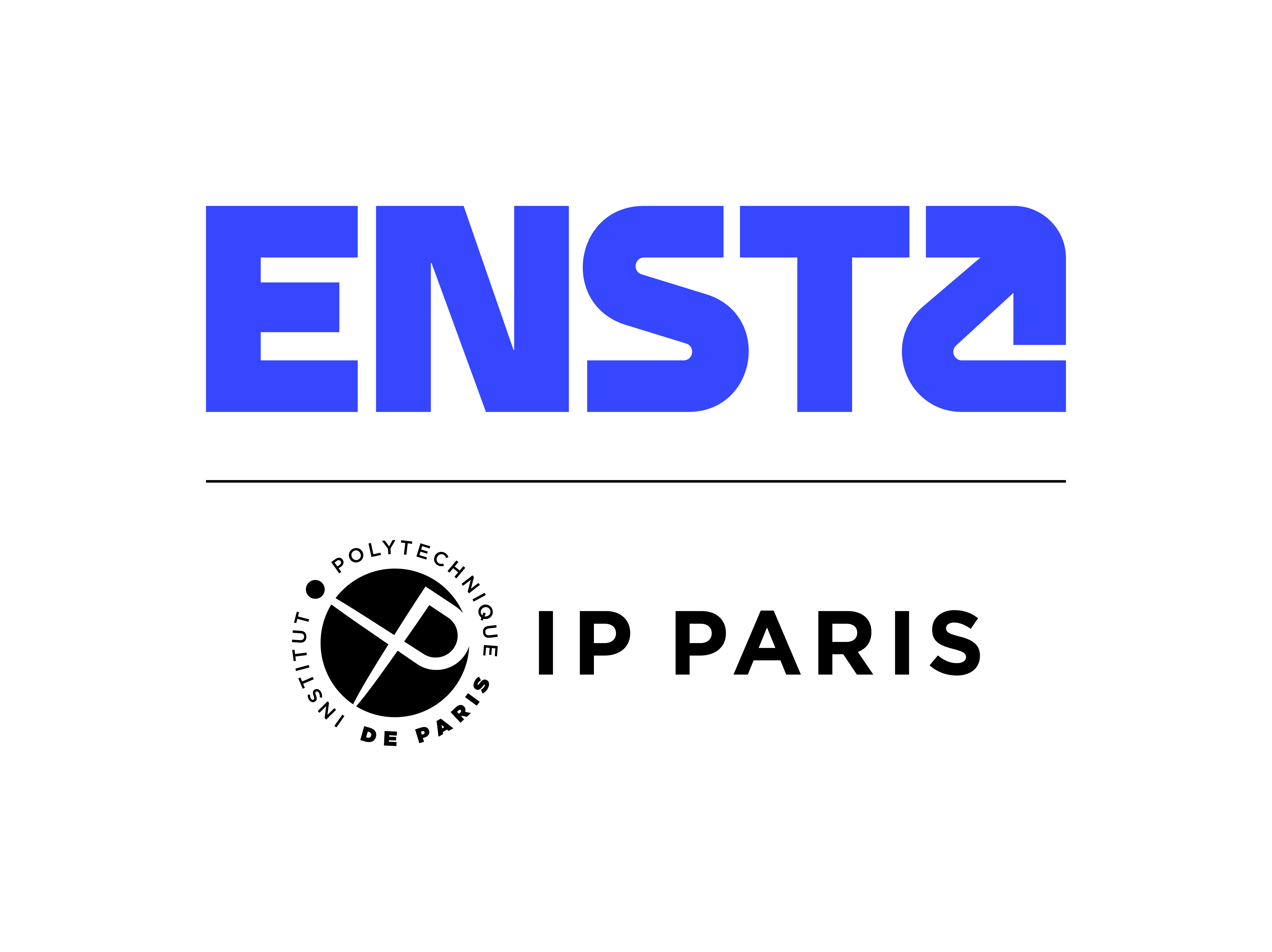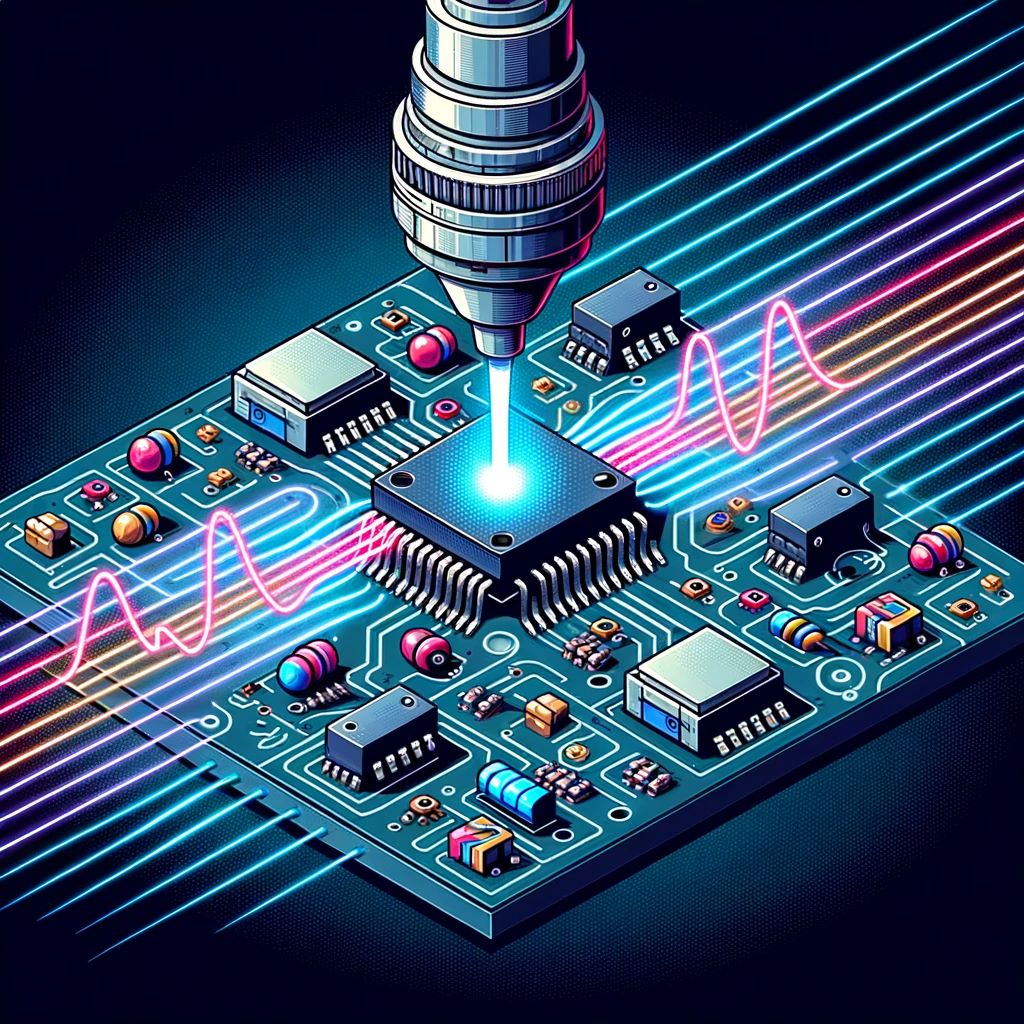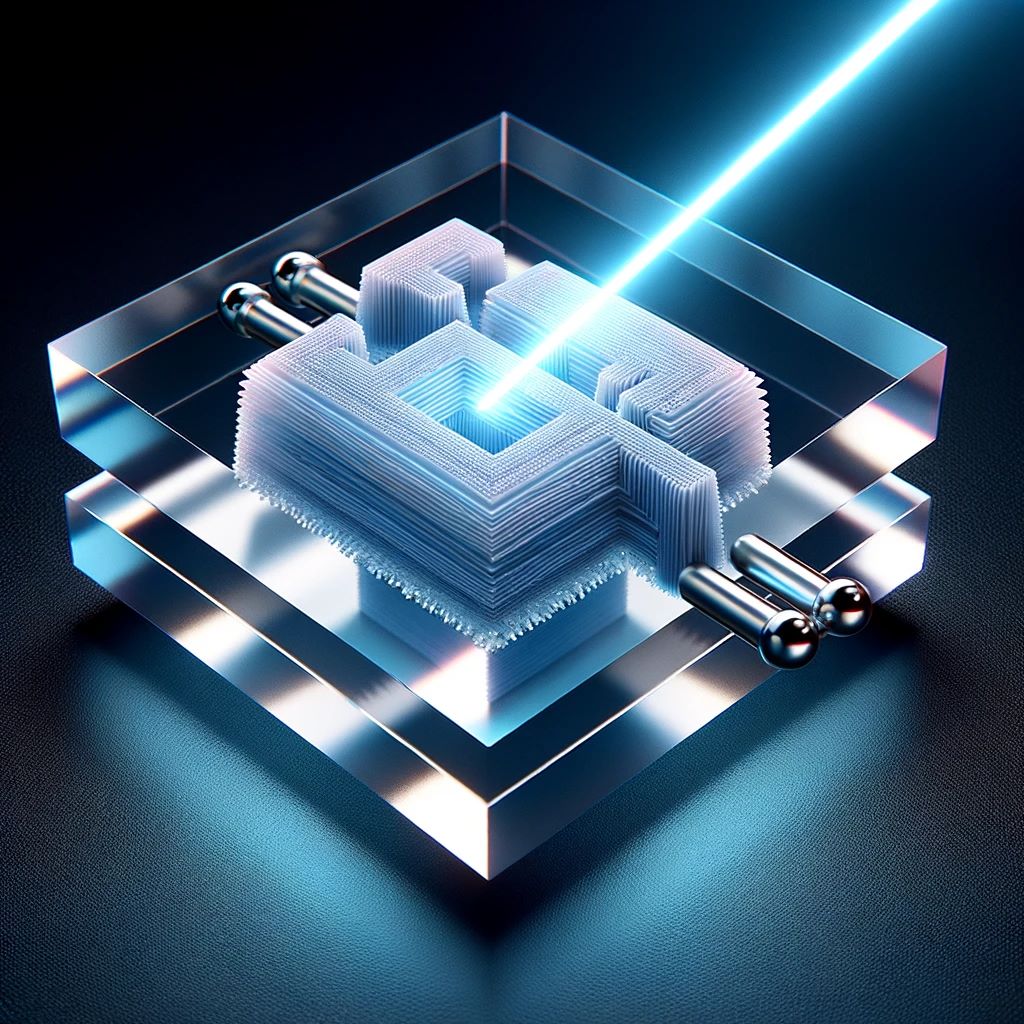To give an idea of its brevity, a femtosecond is to a second what a second is to the age of the Universe.
Most experiments to date have shown that the use of light increases conductivity in various materials.
However, this new study has demonstrated experimentally that the opposite effect is also possible: light can reduce the conductivity of a crystal, a key concept in the creation of ultra-fast electronic devices.
The protagonist of this discovery is a compound called LaVS3, a semi-metal with a crystal structure consisting of an alternating stack of two layers of material, LaS and VS2, whose elemental meshes are incommensurable along one of the crystallographic axes. In other words, their elemental meshes cannot align perfectly. When a near-infrared laser pulse excites this material, the electrons absorb the light and transit to so-called "localized energy states", reducing the crystal's conductivity. It's as if these electrons were removed from the material, leaving it with fewer charge carriers.
This discovery not only changes the game in terms of the speed at which electrical conductivity can be manipulated: it also enables the macroscopic properties of materials to be controlled at unprecedented speeds, paving the way for ultra-fast electronics, the widest field of application of which is certainly computers.
Indeed, the speed at which a computer can operate depends on the speed at which its transistors switch between insulating and conducting states, which physically corresponds to the binary logic on which all modern electronics are based.
With switching times of the order of a hundred femtoseconds, it's now possible to develop computers that are around 1000 times faster, with huge fields of application in artificial intelligence, data management and the chemical and medical industries.
* The LOA, Applied Optics Laboratory, is a joint CNRS, ENSTA Paris, École polytechnique, Institut Polytechnique de Paris, research unit.
References:
Lejman, Weis, Nilforoushan, Faure, Ta Phuoc, Cario & Boschetto
PhysRevB.108.134306




